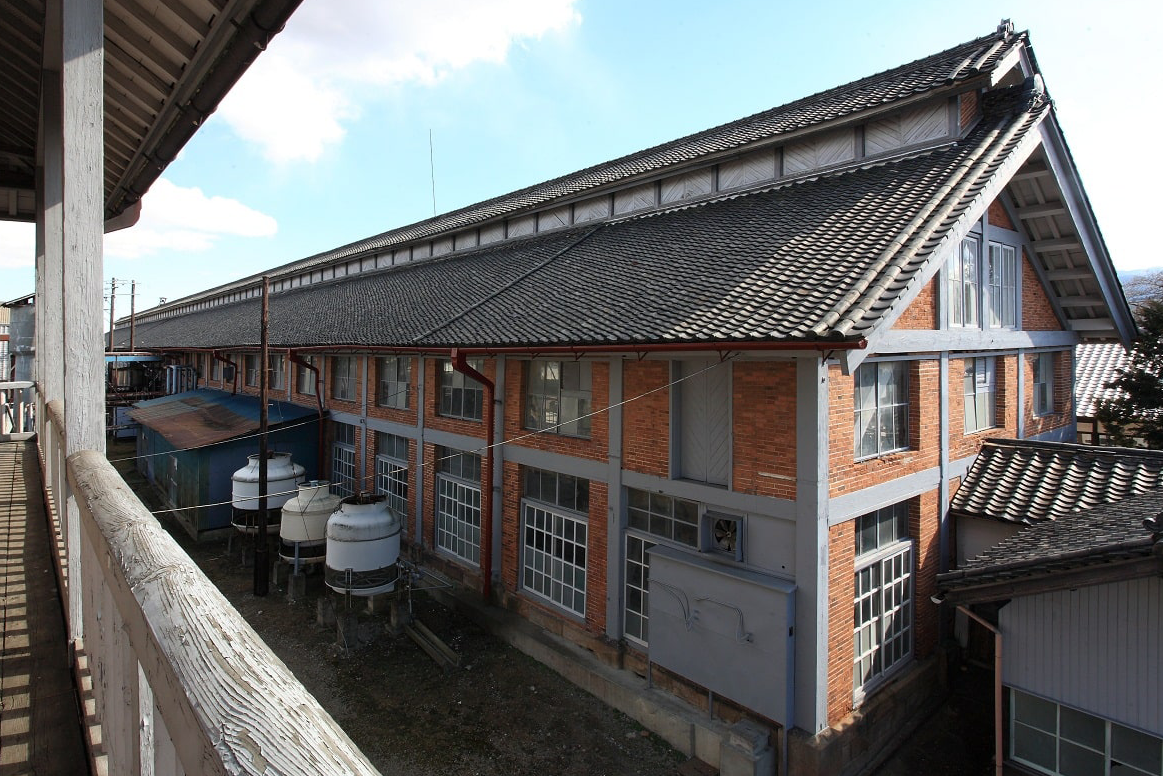Tomioka Silk Mill: A Glimpse Into History And Significance
Share

Nestled in the heart of Japan's Gunma Prefecture, the Tomioka Silk Mill stands as a testament to the country's industrial evolution and cultural heritage. Established in 1872, this remarkable site was Japan's first modern silk reeling factory and played a pivotal role in the silk industry, which was vital to Japan's economy during the Meiji era.
Historical Background of Tomioka Silk Mill

The Tomioka Silk Mill was founded by the Japanese government as part of its efforts to modernize the country after centuries of isolation. The mill was built with the assistance of French engineers and was designed to introduce Western technology to Japan's silk production processes. This initiative aimed to enhance the quality and quantity of silk produced, which was a significant export commodity at the time.
The mill utilized advanced machinery for silk reeling, which allowed for the production of high-quality silk threads. The introduction of these technologies not only improved production efficiency but also set a precedent for industrial practices in Japan. The mill quickly became a model for other silk factories across the nation.
The Significance of Tomioka Silk Mill

The significance of the Tomioka Silk Mill extends beyond its industrial contributions. It symbolizes Japan's transition from a feudal society to a modern industrial state. The mill's establishment marked a shift in the country's economic landscape, as it moved towards a more globalized economy.
In 2014, the Tomioka Silk Mill was designated a UNESCO World Heritage Site, recognizing its cultural and historical importance. This designation highlights the mill's role in the development of Japan's silk industry and its influence on the country's modernization efforts.
Key Attractions at Tomioka Silk Mill
Visitors to the Tomioka Silk Mill can immerse themselves in the rich history of silk production. The site features several key attractions:
-
Main Factory Building: The main factory building showcases the original machinery and production processes used during the mill's operation. Guided tours provide insights into the silk reeling process and the mill's historical significance.
-
Silk Museum: The on-site museum offers a comprehensive overview of the silk industry in Japan, featuring exhibits on the history of silk production, the technology used, and the cultural impact of silk on Japanese society.
-
Beautiful Gardens: Surrounding the mill are meticulously maintained gardens that reflect traditional Japanese landscaping. These gardens provide a serene environment for visitors to relax and appreciate the beauty of the site.
-
Workshops and Demonstrations: The mill often hosts workshops where visitors can learn about traditional silk weaving techniques and even try their hand at creating silk products.
Best Time to Visit Tomioka Silk Mill
The ideal time to visit the Tomioka Silk Mill is during the spring (March to May) and autumn (September to November) seasons. During these months, the weather is mild, making it comfortable for outdoor exploration. Spring brings beautiful cherry blossoms, while autumn showcases vibrant foliage, enhancing the picturesque surroundings of the mill.
Weather Information
- Spring: Average temperatures range from 10°C to 20°C (50°F to 68°F). Expect occasional rain, so a light jacket is advisable.
- Autumn: Average temperatures range from 10°C to 18°C (50°F to 64°F). The weather is generally dry, making it perfect for sightseeing.
How to Get to Tomioka Silk Mill
Tomioka Silk Mill is easily accessible from major cities in Japan. The nearest train station is Tomioka Station, which is about a 20-minute walk from the mill. Alternatively, visitors can take a bus from Takasaki Station, which connects to various locations in the region.
For those traveling from Tokyo, the journey takes approximately two hours by train. Renting a car is also an option, providing flexibility to explore the surrounding areas.
Accommodation Options Near Tomioka Silk Mill
When planning your visit, consider staying at one of the nearby accommodations to fully experience the charm of Gunma Prefecture. Here are some recommended hotels:
- Hotel Sunroute Gunma: A comfortable hotel located in the heart of Takasaki, offering modern amenities and easy access to transportation.
- Tomioka Onsen: A traditional Japanese inn with hot springs, providing a relaxing experience after a day of exploring the mill.
For booking options, check out Hotels & Flights.
Things to Do Around Tomioka Silk Mill
In addition to visiting the Tomioka Silk Mill, there are several attractions and activities in the surrounding area:
- Tomioka Hachimangu Shrine: A historic shrine dedicated to the deity of war, offering a glimpse into Japan's spiritual heritage.
- Yagihara Park: A beautiful park featuring walking trails, picnic areas, and seasonal flower displays.
- Silk Road Museum: Located nearby, this museum focuses on the history of silk trade and its impact on global commerce.
For more activities, check out Things to Do.
Final Thoughts
The Tomioka Silk Mill is not just a historical site; it is a symbol of Japan's resilience and adaptability in the face of change. As you walk through the mill's halls and gardens, you can almost hear the echoes of the past, reminding us of the hard work and dedication that shaped the silk industry.
Whether you're a history enthusiast, a culture lover, or simply seeking a unique travel experience, the Tomioka Silk Mill offers a captivating journey into Japan's industrial heritage. Make sure to plan your visit during the beautiful spring or autumn seasons, and immerse yourself in the rich tapestry of history that this remarkable site has to offer.



